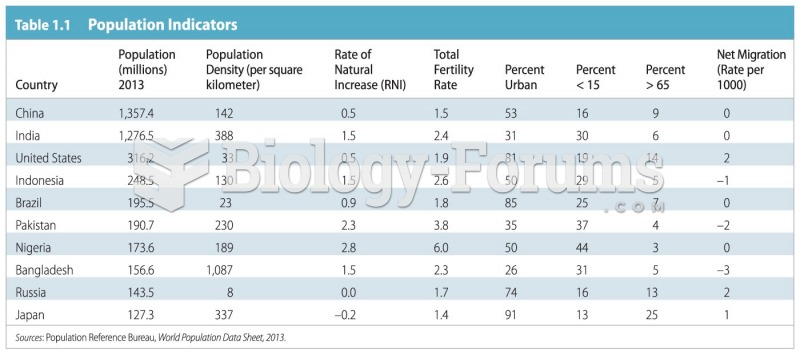Answer to Question 1
Family Makeup
After a decades-long decline, more than two-thirds of underage minors now live in two-parent families:
Of the 75 million children younger than 18, most (69 percent) lived with two parents, while another 27 percent lived with one parent and 4 percent with no parents. Of those children who lived with two parents, 92 percent lived with two biological or two adoptive parents.
Among the children who lived with one parent, 87 percent lived with their mother.
Of the children living with no parents present, 57 percent lived with at least one grandparent.
In 2011, 23 percent of married couple family groups with children younger than age 15 had a stay-at-home mother. This proportion decreased in the last few years during the recession. In 2007before the recession beganthe corresponding figure was 24 percent.
Today, more than 90 percent of teens who give birth are unmarried, compared with 62 percent in 1980.
Child Care
Today about 48 percent of children ages 04 with employed mothers are primarily cared for by a relativetheir father, grandparent, sibling,or other relativewhile she was at work.
Charged with caring for many of these children is a day care system whose workers are often paid minimum wage. Of special concern are family day care homes, in which a single provider takes care of three to nine children. Several states neither license nor monitor these private providers.
Children from working poor families are most likely to suffer from inadequate child care; these children often spend time in makeshift arrangements that allow their parents to work, but lack the stimulating environment children need to thrive.
Economic Stress
The family is also undergoing economic stress. About 6 million American youth live in poverty. The majority live in substandard housing without adequate health care, nutrition, or child care. Those whose incomes place them above the poverty line are deprived of government assistance. Recent political trends suggest that the social safety net is under attack and that poor families can expect less government aid in the coming years.
In addition to recent economic upheaval and high unemployment rates, the family will remain under stress because of changes in the population makeup.
Answer to Question 2
C







